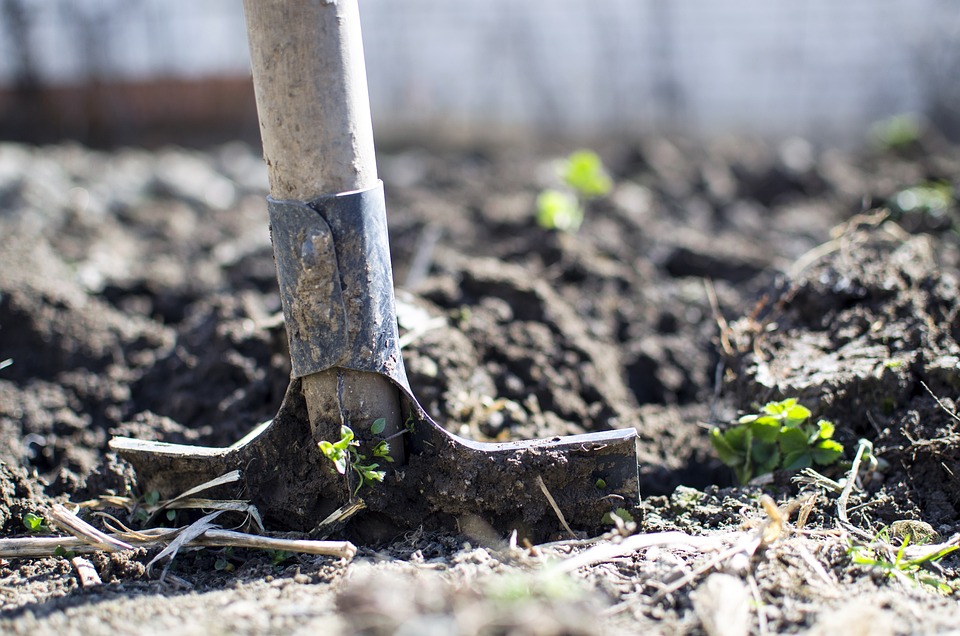From Farm to Fork: Exploring the Benefits of Sustainable Agriculture
Living off the grid has been an incredible journey for me. My love for sustainable farming and gardening has taken me on a delightful path, discovering the marvelous benefits of sustainable agriculture. It’s a pleasure to share my experiences and knowledge with you, as we explore the concept of “From Farm to Fork” and delve into the countless advantages of sustainable agriculture. Sustainable agriculture is all about cultivating and harvesting food in a manner that respects the environment, promotes biodiversity, and supports local communities. Unlike conventional farming methods that rely heavily on synthetic chemicals, unsustainable irrigation practices, and indiscriminate use of machinery, sustainable agriculture is a harmonious approach that ensures our planet’s health while nurturing our bodies with nutrient-dense food. One of the most significant benefits of embracing sustainable farming is the positive impact it has on our environment. By utilizing organic farming practices such as crop rotation, composting, and natural pest control, farmers can reduce their reliance on harmful pesticides and chemical fertilizers. Not only does this protect the soil and surrounding ecosystems, but it also prevents air and water pollution. Sustainable agriculture is like a gentle hug to Mother Earth, nurturing her back to health and ensuring the well-being of future generations. Another fantastic advantage of sustainable agriculture is the promotion of biodiversity. Conventional farming methods often result in a monoculture, where vast fields are dedicated to a single crop. This lack of diversity can lead to an imbalance in ecosystems and make crops more susceptible to pests and diseases. On the other hand, sustainable agriculture celebrates biodiversity by incorporating a variety of crops, rotating them, and intermixing different species. This not only enhances the resilience of the ecosystem but also provides a more nutritious and diverse range of foods for us. When it comes to sustainable agriculture, the focus is not just on the environment, but also on supporting vibrant local communities. By choosing to buy food from local farmers who practice sustainable methods, we contribute to the growth of our community’s economy and create a more direct relationship with our food sources. This also means that we can enjoy fresher, seasonal produce that hasn’t traveled long distances, reducing both carbon emissions and the need for preservatives. It’s a win-win situation for us and our local farmers! Now, let’s dive into some pro tips for anyone looking to incorporate sustainable agriculture into their lives: 1. Start small: Sustainable agriculture can be practiced anywhere, from a small balcony to a large backyard. Begin by growing herbs or vegetables in pots or raised beds. This way, you can learn the basics, experiment, and develop your green thumb. 2. Compost your way to healthy soil: Composting kitchen scraps, yard waste, and fallen leaves is an excellent practice to enrich your soil naturally. This reduces the need for chemical fertilizers and helps maintain a well-balanced ecosystem in your garden. 3. Embrace crop rotation: Rotating your crops every season helps maintain soil fertility and reduces the risk of disease and pests. It also allows you to continually experiment with different plant varieties, adding excitement to your gardening journey. 4. Ditch the pesticides: Instead of relying on chemical pesticides, explore natural pest control methods such as companion planting, biological control, and physical barriers like nets or fences. This not only protects your plants but also maintains a healthier environment for beneficial insects and animals. 5. Support local farmers and farmers’ markets: By purchasing directly from local farmers who practice sustainable agriculture, you contribute to the growth of your community and encourage the adoption of responsible farming methods. Plus, you get to enjoy fresher, tastier produce! In conclusion, sustainable agriculture is a beautiful harmony between our needs and the needs of our planet. By embracing this approach, we can nourish our bodies, protect the environment, support local economies, and celebrate the diversity of nature. So, let’s embark on this delightful journey of From Farm to Fork, making sustainable choices one delicious meal at a time!










